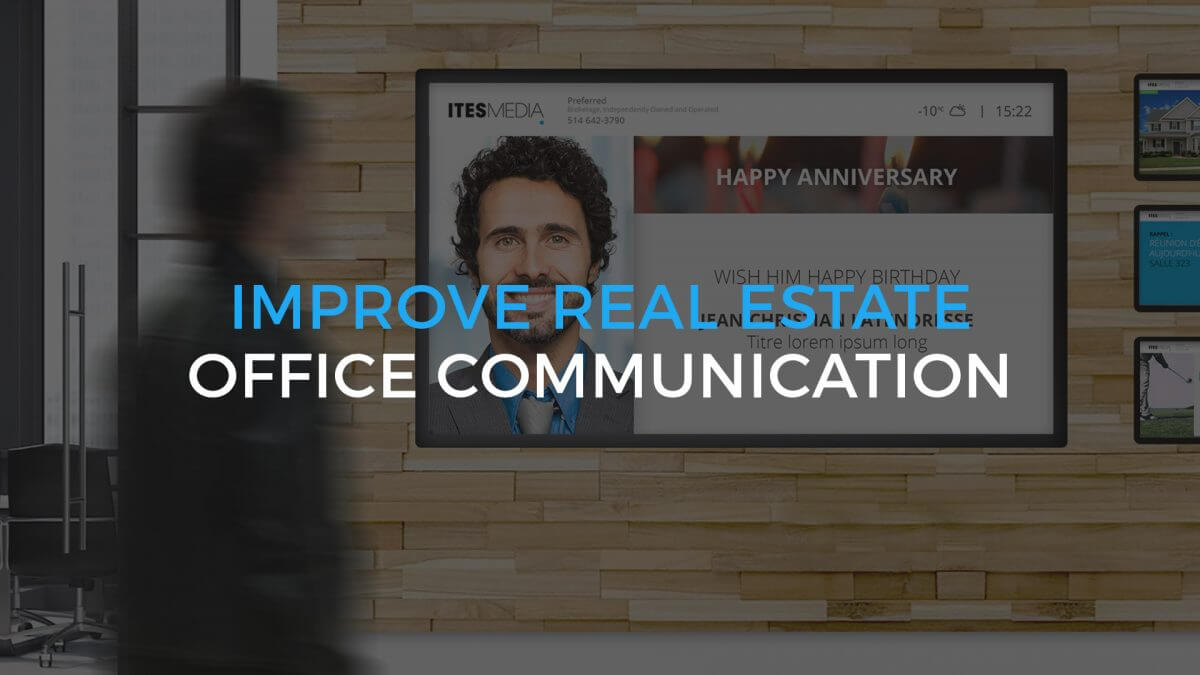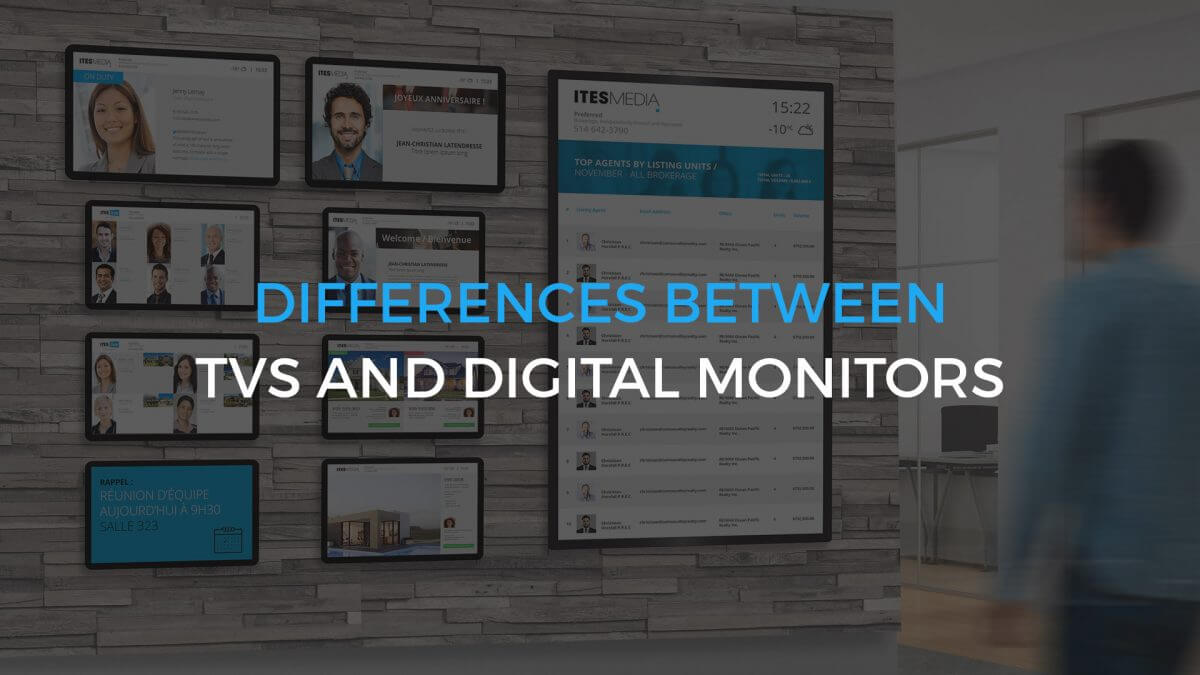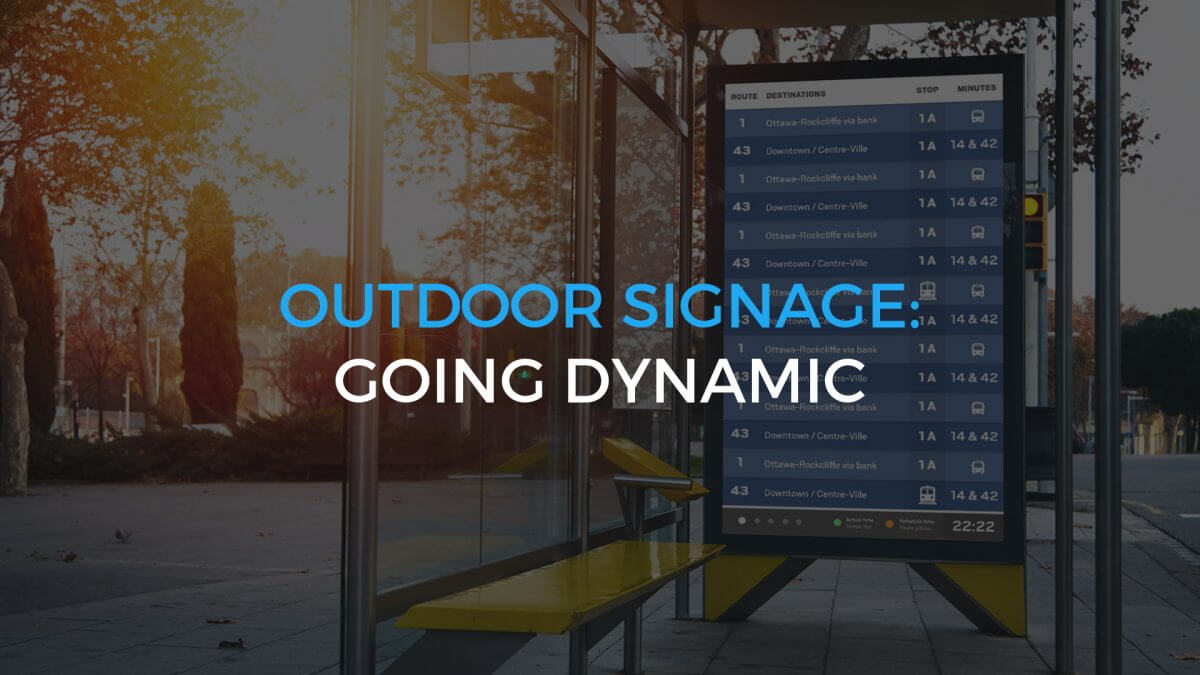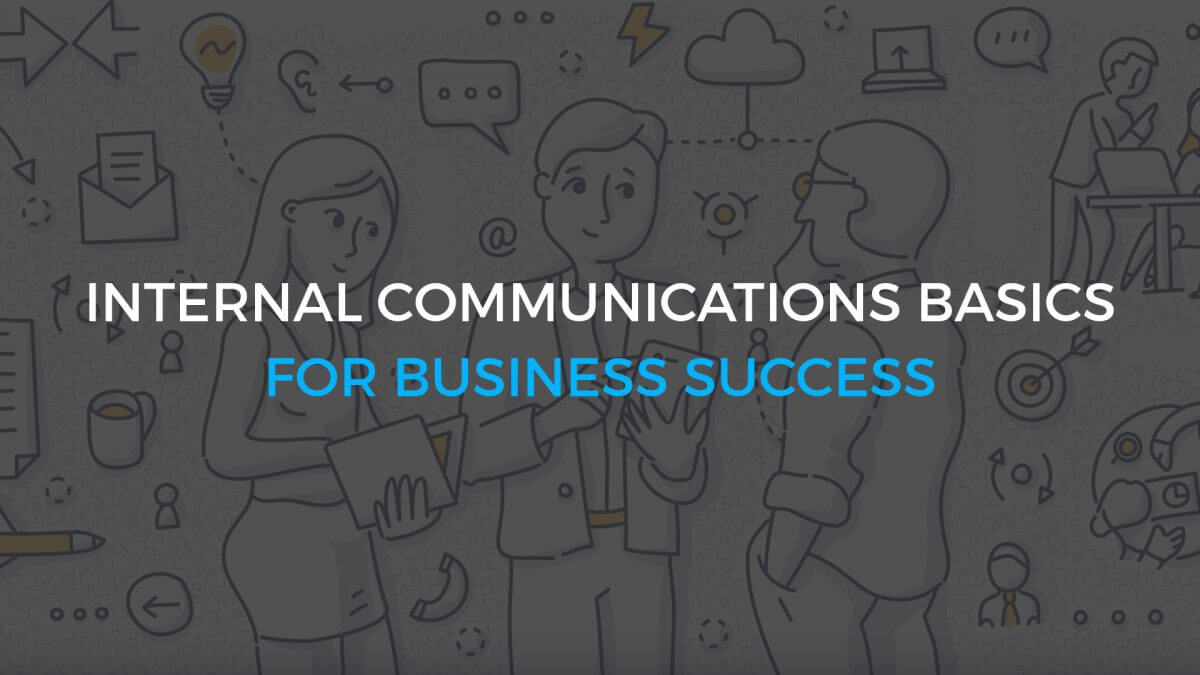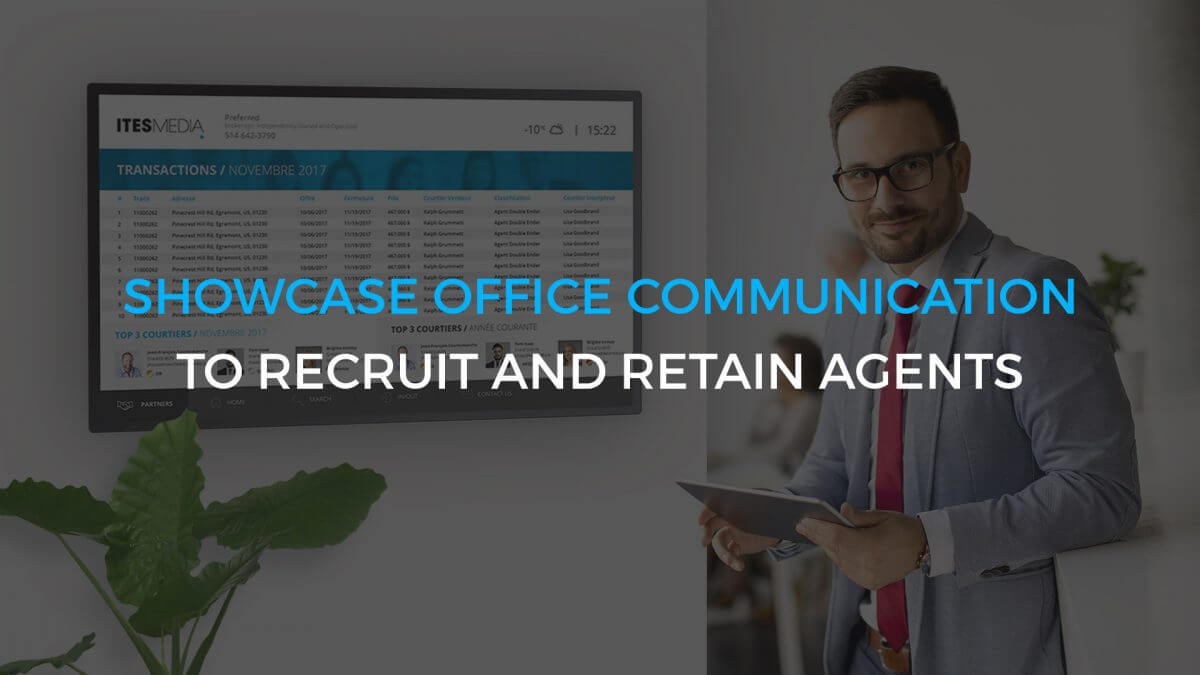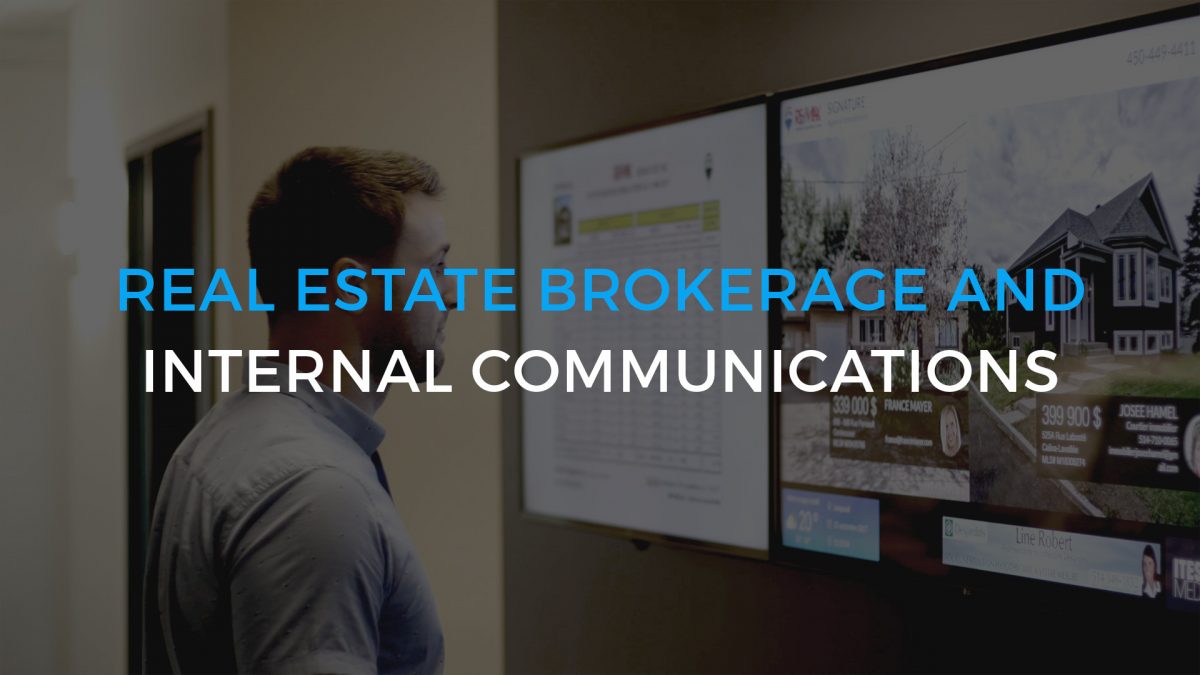Building a real estate business is dependent on effective communication. Whether you’re a broker trying to recruit and retain your top talent or looking to expand your operations to more locations, ensuring you have the means to effectively communicate with your agents is crucial to the success of your business.
In past, office communication often meant agents going to meetings at the office, receiving email blasts or having to log in to the office intranet to view recent announcements or news. Now, agents are coming and going, spending less time sitting at a desk in the office and more time going between the office and appointments.
The way we receive information has changed, so your office communications should too.
Office communication at its finest
We recently spoke to a broker/owner of a growing real estate office. He started with one office and 50 agents and now has 11 offices with 400 agents. His biggest challenge has remained consistent throughout his business’s growth – communications. How would he manage communication among all of his agents, across multiple locations?
He always made it a priority to stay connected, to personally wish his agents a happy birthday, to recognize and celebrate work anniversaries, and give personal kudos for a closed deal. Having multiple office locations wasn’t going to stop him, he just had to find an easier way to do it without having to go to each office every day.
The Solution
A digital signage software solution in each of his offices. This would allow him to stay connected to his agents by sharing automated, real-time company information like new listings, agent rankings, open houses, and closed deals. But more importantly, he could continue to recognize each and every agent on their birthday or anniversary or when they closed a deal, without having to be at each office, every day. Not only did he improve retention and engagement by showing value and appreciation for his agents through regular communication but he also had peace of mind knowing that his agents were taken care of.
What does effective communication look like in your office?
Consider your company intranet portal. Have your agents actually adopted the use of the platform? Are they logging in daily to read the latest company announcements? Likely not. They’re too busy trying to close deals. And, most are immersed in other communication channels that share relevant information and are easier to follow. They’re less likely to engage when they’re forced to login or download or… just to receive the same types of information over and over or information that should automatically come to them.
Think about what effective communication looks like for your office. It may vary from location to location or by specialty. Understanding your audience is key to knowing what effective communication looks like for your business.
Here are examples of what type of information you can include in your office communication strategy:
- New agent welcome announcements
- New office openings or key event
- Real time and automated sharing of listings: new, price changes
- Agent rankings
- Upcoming open houses
- Market statistics published by the Board
- Community events
- Agent birthdays and anniversaries
This list sounds good, right? But how are you going to effectively and seamlessly manage the presentation and sharing of this information? With digital signage software it can be really easy and affordable. Read on.
How should you be communicating with your agents?
Now that you have an idea of what information is important to share with your agents and staff, you need to think about where you’re going to get your messages in front of them. Think about your current communication channels and start looking at ways to share information with your agents where they are. Don’t force them to come to you.
For example, sharing outdated company news on a stale PowerPoint deck in your office lunchroom – where your agents and staff either rarely go, or the same ones go every day and see the same PowerPoint – is an ineffective, and frankly boring, communication channel for your audience. That same PowerPoint approach in your brokerage lobby (or lobbies) will always deliver a lack lustre result. And, contrary to your expectations, keeping that PowerPoint up to date with fresh, relevant information is often missed. However, communicating recent company news, birthdays and more through an automated, easy-to-use software application that feeds screens in various locations – even mobile devices – will have much higher engagement and ultimately impact agent satisfaction and retention.
Imagine your agents walking through the doors of your office and being greeted with a beautiful, personalized birthday message in the lobby, hallways and back office of your brokerage. And everyone else in the office now in the know to wish them “happy birthday” as well. It may seem trivial to share but it shows your agents value and appreciation.
Now, imagine everything on the list we shared earlier also displayed to whichever screens, monitors or TVs you wish, wherever you need. The solution is digital signage software designed specifically for the real estate industry.
Digital signage is more than a screen on the wall
Digital signage comes in many different forms, from window displays to video walls to kiosks to screensavers and more. The possibilities of where you can share your message are only outnumbered by the information you can share.
The real benefit of digital signage is being able to effectively and efficiently communicate in real-time without having to manually update and monitor the technology. It really is set it and forget it. Your data feed generates information from the existing tools and technologies in your back-office. All you have to do is determine what information is most important to your audience.
Office communication is vital to a growing brokerage and part of that responsibility is determining what, how and where to communicate to get the most engagement from your agents. Your digital signage software should be part of your overall communication strategy and align with its goals and objectives – ultimately resulting in ROI evident through agent retention.
See the various digital signage software modules that are available for real estate office communication here.
